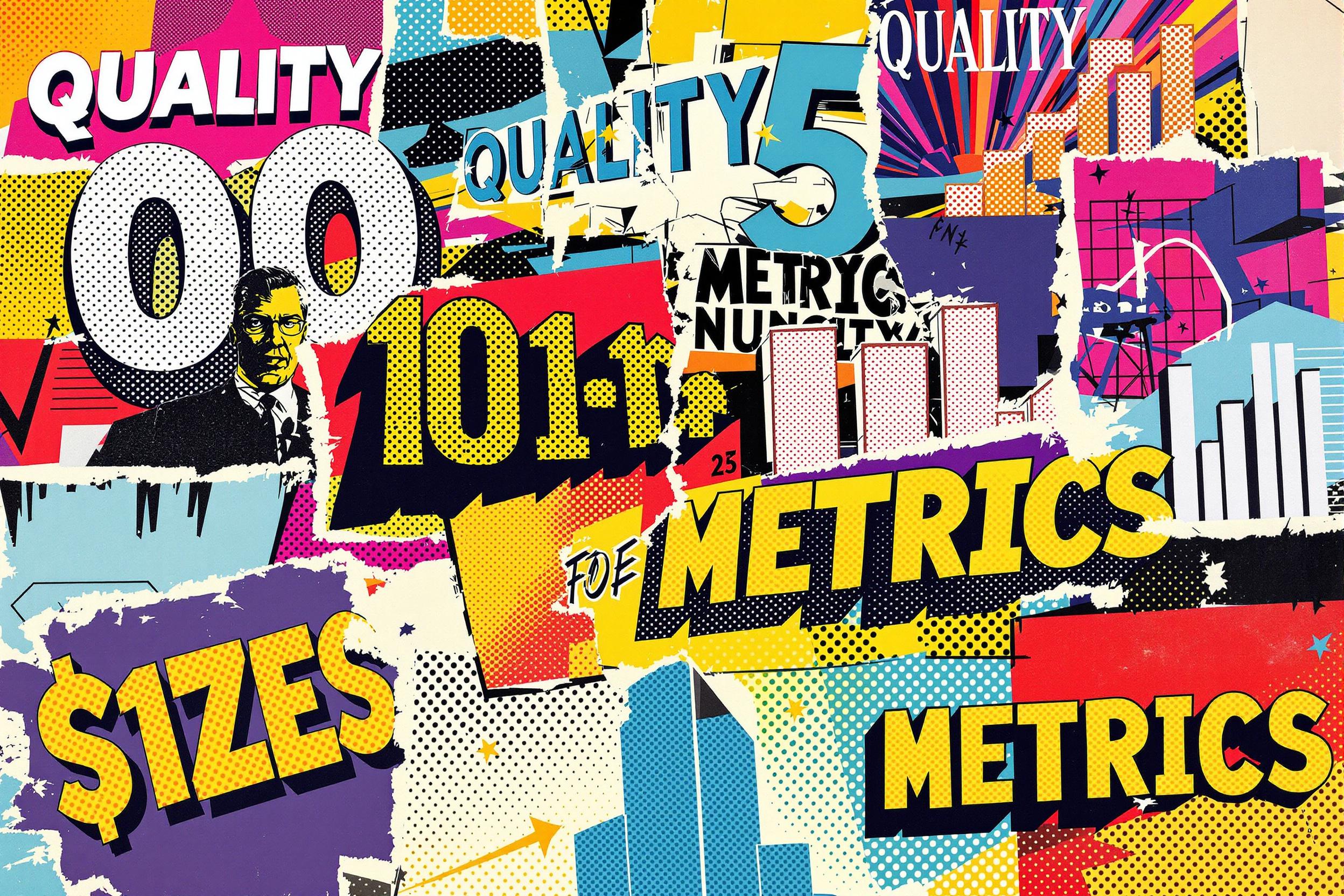
Lean Six Sigma
Lean Six Sigma is a method for making work processes better and more efficient, combining two popular business improvement approaches: "Lean" (which focuses on eliminating waste) and "Six Sigma" (which focuses on reducing mistakes). Think of it like a recipe for making organizations run smoother. People who know Lean Six Sigma often have special certifications marked by "belts" (like in martial arts) - White, Yellow, Green, and Black Belts, with each level showing more expertise. Government agencies and large companies use this approach to save money, work faster, and serve people better.
Examples in Resumes
Led Lean Six Sigma project that reduced processing time by 50% in document management
Achieved Six Sigma Black Belt certification and completed 3 major cost-saving projects
Applied LSS methodologies to streamline customer service operations
Implemented Lean Six Sigma principles to reduce waste in procurement processes
Typical job title: "Lean Six Sigma Professionals"
Also try searching for:
Where to Find Lean Six Sigma Professionals
Professional Organizations
Online Communities
Learning Resources
Example Interview Questions
Advanced Level Questions
Q: Can you describe a major process improvement project you led and its results?
Expected Answer: Look for candidates who can explain a complete project cycle, including how they identified the problem, measured results, involved stakeholders, and achieved measurable improvements in efficiency or cost savings.
Q: How do you handle resistance to change when implementing process improvements?
Expected Answer: Strong candidates should discuss change management strategies, stakeholder communication, and how they've successfully managed organizational resistance in past projects.
Intermediate Level Questions
Q: What tools do you use to analyze process problems?
Expected Answer: Candidates should mention common tools like process mapping, cause-and-effect diagrams, or data analysis methods, with examples of how they've used them.
Q: Explain how you would identify waste in a business process.
Expected Answer: Look for understanding of different types of waste (like waiting time, unnecessary steps, or errors) and methods to identify them through observation and data collection.
Entry Level Questions
Q: What is DMAIC and why is it important?
Expected Answer: Should explain that DMAIC (Define, Measure, Analyze, Improve, Control) is the basic problem-solving process used in Six Sigma projects.
Q: What's the difference between Lean and Six Sigma?
Expected Answer: Should explain that Lean focuses on reducing waste and improving flow, while Six Sigma focuses on reducing errors and variation in processes.
Experience Level Indicators
Junior (0-2 years)
- Basic understanding of DMAIC methodology
- Knowledge of basic process mapping
- Familiar with data collection methods
- Yellow Belt or Green Belt certification
Mid (2-5 years)
- Green Belt or Black Belt certification
- Experience leading improvement projects
- Ability to use statistical analysis tools
- Change management experience
Senior (5+ years)
- Black Belt or Master Black Belt certification
- Multiple successful large-scale projects
- Advanced project management skills
- Training and mentoring experience
Red Flags to Watch For
- No formal Lean Six Sigma certification
- Cannot provide specific examples of improvement projects
- Lack of experience with data analysis
- No experience working with teams or stakeholders
- Unable to explain basic process improvement concepts
Related Terms
Need more hiring wisdom? Check these out...

Cutting HR Costs Without Sacrificing Quality: A How-To for Savvy Executives

Human Capital Operational Excellence: Unlocking Your Organization's Potential

Stop Chasing Unicorns: How to Finally Improve Candidate Quality Metrics (and Actually Enjoy Hiring)

